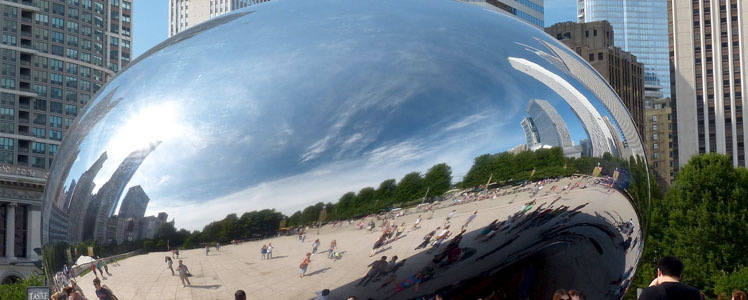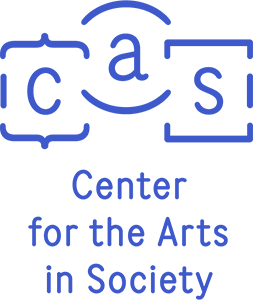Voices of Democracy

Fred Evans, Professor of Philosophy, Duquesne University
In the United States, government-supported public art is traditionally assumed to be an act of citizenship, that is, supportive of values associated with democracy. However, many pieces of public art that trumpet democratic values also serve autocratic forces. For example, critics contend that Chicago’s heavily corporate-sponsored Millennium Park “naturalizes” the interests of capital and reduces art to the status of “spectacle” or “wow aesthetics.” Although this criticism is compelling, I argue that a close analysis of Millennium Park suggests that we should see the Park as sharing a structure similar to that of society itself – what I call a multivoiced body – and its art works as examples of relational aesthetics, of an aesthetics that prioritizes the mutual effects of viewers and art objects upon each other. This approach permits us to clarify more precisely the sense in which Millennium Park supports capital and wow art. But it also allows us to see that at least some of the Park’s art objects, particularly Anish Kapoor’s Cloud Gate, resist these totalizing oracles and embody a novel sense of democracy. I argue, in other words, that Millennium Park suggests a notion of democracy for judging the Park and other public art as both aesthetic objects and acts of citizenship.
Wednesday, DECEMBER 10 at NOON in Baker Hall 255B
Photo by: Roman Boed from The Netherlands - The Bean, CC BY 2.0, Wikimedia Commons
